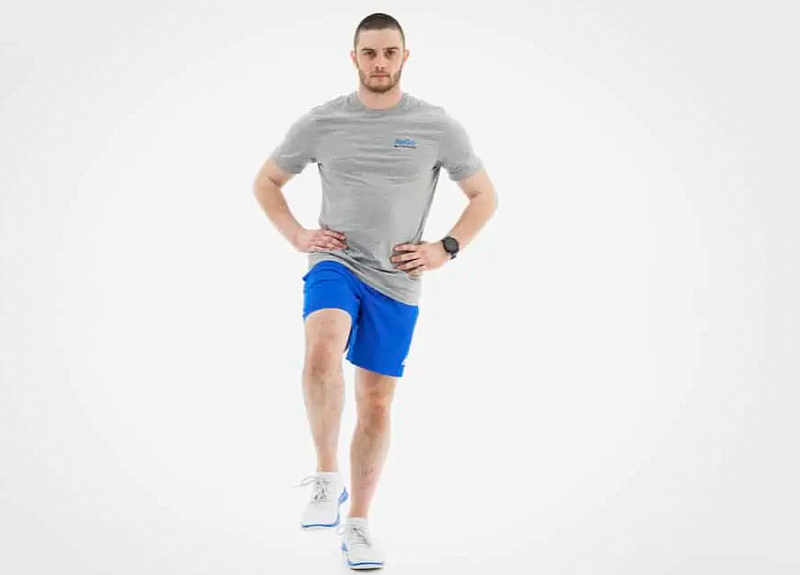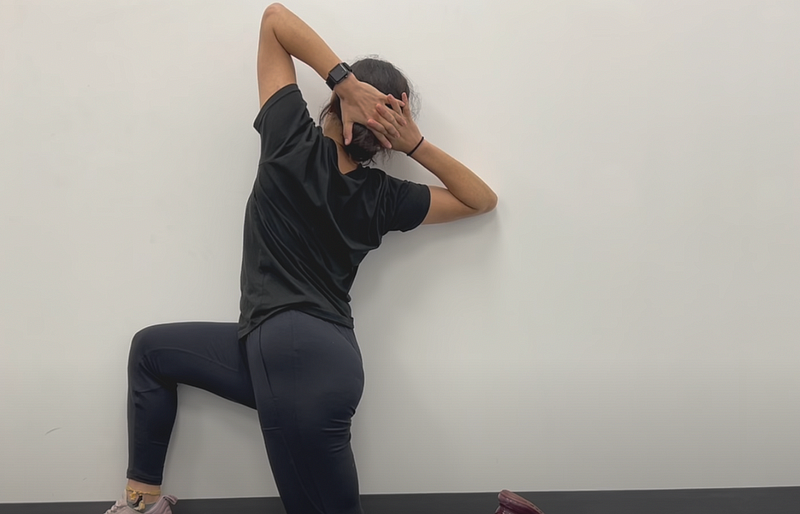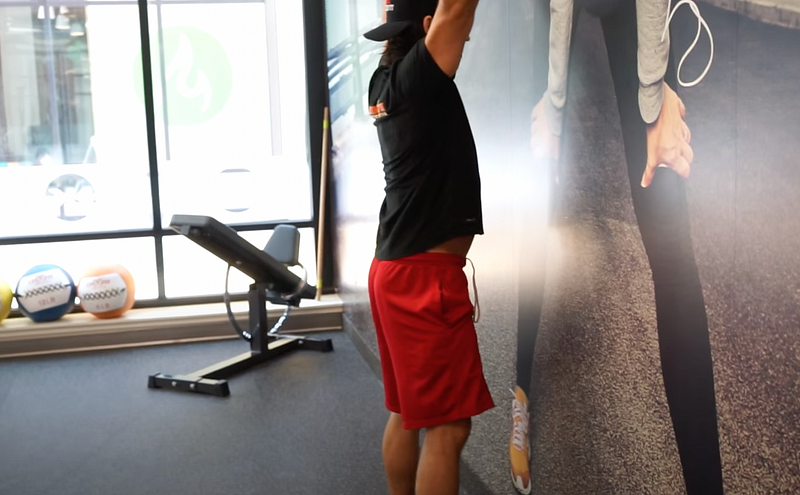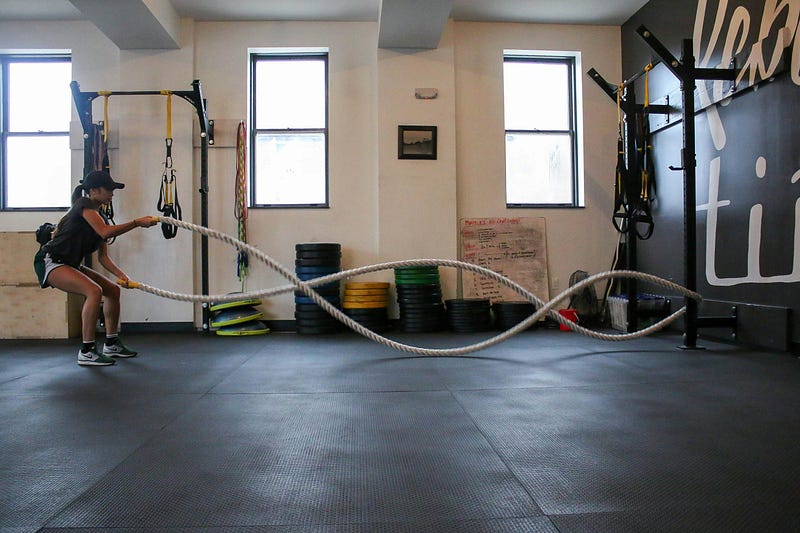Assess Your Joint Health Age with This Quick Routine
Written on
Understanding Your Joint Health
Have you ever pondered how your joint health measures up to your chronological age? Are you eager to find out if your connective tissues are in good shape or at risk of pain and injury? The good news is that you can get a quick assessment in just a few minutes!
As a kinesiologist and personal trainer, I have had the privilege of working with a diverse range of clients, each with unique backgrounds and capabilities. My primary focus on mobility has allowed me to gather valuable insights. Notably, I’ve observed a considerable decline in mobility starting around ages 35 to 40, with another drop occurring near 65. While many lifestyle and age-related factors contribute to this pattern, it doesn’t have to define your experience.
I have encountered clients well into their 60s and 70s who possess remarkable mobility, thanks to their dedication and consistent practice. The key difference between these individuals and those who struggle is their commitment to daily mobility exercises. I hope this straightforward test motivates you to embark on your own journey towards improved joint health.
A Call to Action for Your Joint Health
This assessment is not about assigning a specific age to your joints, but rather about helping you identify any functional gaps that could lead to age-related complications in the future. Successfully completing all the movements indicates you’re in good condition. If you find yourself facing challenges, don’t worry! I have a beginner's guide to help you get started on the right track.
Before we begin, please remember that, like any health assessment or new exercise, this routine carries some risks. If you are new to exercise or have a history of musculoskeletal injuries or chronic conditions, it’s advisable to consult with a healthcare professional before proceeding.
As you undertake these tests, honesty is crucial. Without a trainer present, listen to your body and avoid pushing through pain or compromising your form. If you start to feel off-balance, simply stop the exercise. To assist you further, I've included helpful resources for enhancing your health and fitness in areas you may find challenging. Now, let’s dive in!
- Single-Leg Balance Test (Beginner)

Purpose: This test evaluates your stability, which is crucial for activities like climbing stairs and turning. It also assesses your vestibular health and muscle balance at the hips and ankles, making it especially important for older adults, as a poor score often indicates a higher risk of falls.
Instructions: Remove your socks and shoes, placing your hands on your hips. For an added challenge, cross your arms over your chest. Lift one leg about two inches off the ground and time yourself. Complete one repetition on each foot with your eyes open, and then again with your eyes closed. The test concludes when your elevated foot touches the floor or the balancing leg shifts. The maximum duration is 45 seconds.
To score, take your best time from both the eyes-open and eyes-closed tests and compare them with the averages provided below.
- Shoulder + Spine Mobility Test (Intermediate)

Purpose: Maintaining shoulder and thoracic spine mobility is crucial for staying functional and injury-free, especially as we age or lead sedentary lifestyles.
Instructions: Position yourself in a rested lunge close to a wall. Interlace your fingers behind your head and rotate until you are facing outward. Gradually extend back and rotate your spine, tracing an imaginary line on the wall with your elbow. Extend as far back as possible before reversing the movement to return to the start. Take your time and breathe deeply; if you feel restricted, take a half-step away from the wall.
- 3-Second Overhead Squat Test (Advanced)

Purpose: This test effectively assesses ankle, knee, and hip mobility, along with the stability and mobility of your thoracic spine and ribs during a functional movement pattern.
Instructions: Stand about 6 to 12 inches from the wall and perform an overhead squat without touching the wall. Hold the position for 2–3 seconds at the lowest point before returning to standing. Ensure your heels remain flat on the ground to accurately assess ankle mobility. If this proves too challenging, begin further from the wall and gradually move closer as your comfort increases. A soft object behind you can serve as a safety precaution in case you fall backward.
Want to elevate your health and wellness? Are you ready to break free from pain and injuries? Check out my newly published book for essential insights! You won’t regret it.
How To Heal the Body Through Movement - David Liira Kin
The long-awaited eBook has finally arrived! My best-kept secrets compiled in one resource. Inside, you'll find...
www.davidliirakin.com
Additional Resources:
- Balance Enhancement Program
- Back Pain Relief Program
- Stiff Hips Elimination Program

In Conclusion,
Having robust joint health is one of the best indicators of a long and healthy life. Fortunately, this is within your control! The assessments outlined above will provide you with essential information regarding your major joints. If you're breezing through these tests, keep up the excellent work! If you find it more challenging than expected, refer to my beginner guide and start incorporating daily joint exercises. This is one of the best decisions you can make for your overall health.
You’ve got this!
-David Liira Kin
Video Description: This video from Johns Hopkins discusses the diagnosis of rheumatoid arthritis, offering valuable insights into symptoms and assessment.
Video Description: This video provides guidance on how to self-examine for tender and swollen joints associated with rheumatoid arthritis, helping you understand your condition better.